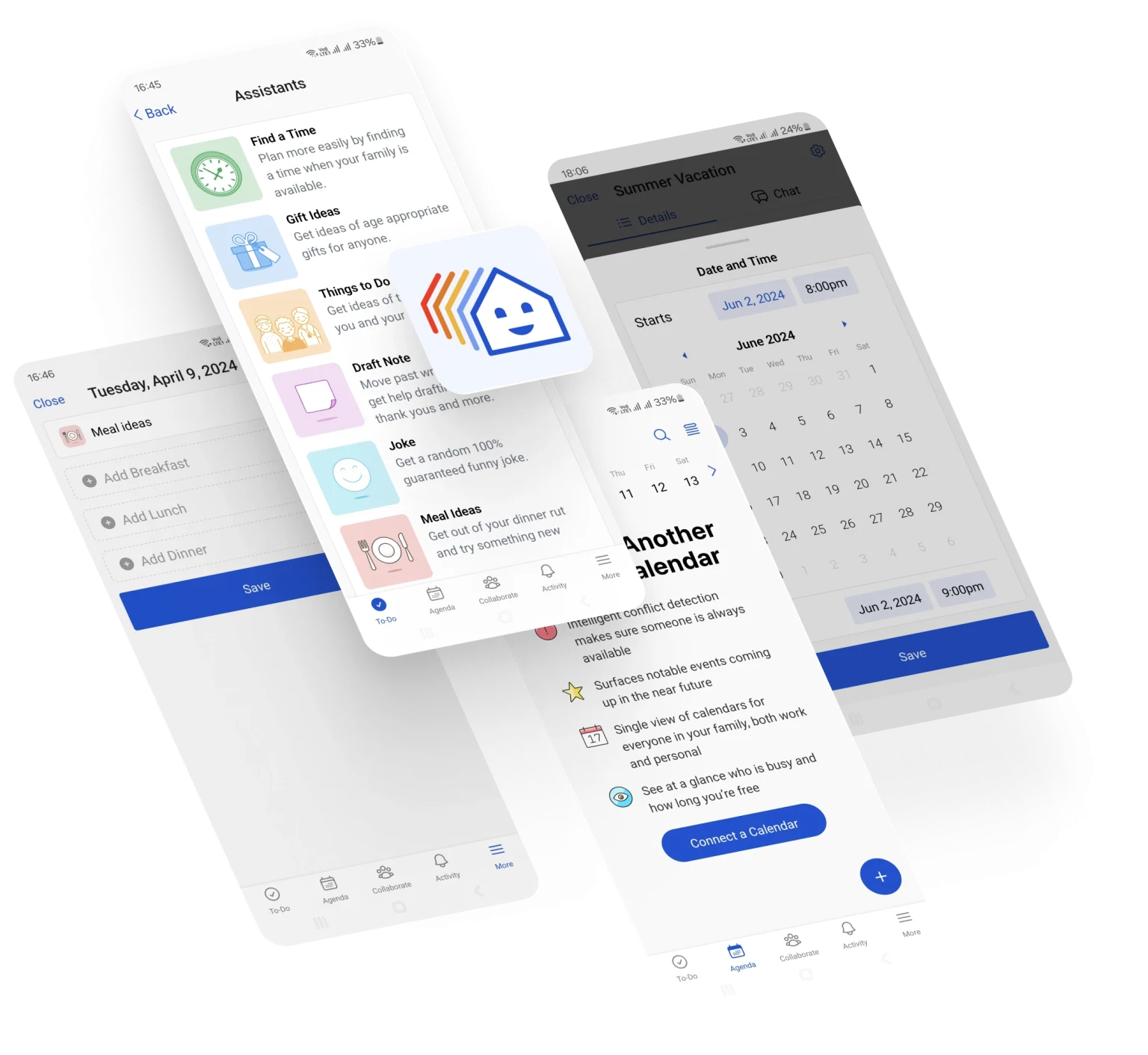Sooner or later, tech companies realize that their products have grown too big for manual testing only. They also want to keep the same pace of delivering new capabilities to their customers. At this point, they start exploring automation testing, and for good reason.
Whether you’re developing a social media app, a travel booking platform, or an internal business management tool, automated functional testing can significantly enhance your testing efforts and contribute to delivering a robust and user-friendly product.
In this article, we’ll explain the importance of functional testing, the types of functional tests you can automate, and whether your business should invest in test automation. We’ll also share our hands-on experience and tips to help you navigate this process. Enough talk, let’s get started!
What Is Functional Testing?
Functional testing checks a software system against its requirements and specifications. Its goal is to ensure that the app under test behaves as intended and that each feature works correctly.
Functional testing encompasses a wide range of areas within an app, basically checking any functionality a user might interact with. So, it involves testing the user interface, navigation, search functionality, form submission, data handling, and an app’s response to unexpected inputs.
Here are some common functional test scenarios for an e-commerce app:
- Verify that a user can register with valid credentials
- Verify that a registered user can log in
- Verify that users can search for products
- Verify that users can add a product to the cart
- Verify that users can complete a purchase
Why Is Functional Testing Important?
Without functional testing, the risk of releasing software with defects is very high, leading to user churn and a damaged brand reputation. All digital products need functional testing, this process:
- Ensures Correct Functionality. Functional testing ensures the correct appearance of the visual elements, a user’s ability to complete tasks, accurate data processing, an app’s proper communication with third-party services, and many other aspects crucial for the app’s smooth operation.
- Enhances User Experience. Functional testing helps discover critical and mildly annoying bugs before they reach users, contributing to an effortless and satisfying user experience.
- Saves Time & Money. Bugs caught early in the development cycle are much easier and cheaper to fix than those discovered after launch. Functional testing helps identify and address issues promptly, saving you valuable time and resources.
- Verifies Compliance with Requirements. During functional testing, QA engineers check if the app handles data as mentioned in the requirements. This helps prevent non-compliance and potential legal issues.
- Improves System Reliability. Functional testing has an indirect effect on system reliability. By thoroughly testing various functionalities, we can expose bugs that cause crashes, freezes, or errors.
Difference Between Functional Testing & Automation Testing
While crucial, manual functional testing can be time-consuming, repetitive, and prone to human errors. As your product grows, you must decide what to test and what to leave untested because of limited resources.
Automation testing helps solve this problem. Automation testing is the practice of using software tools to automate test execution. Instead of manually running tests through the user interface, like clicking buttons and filling out forms, automation testing uses code to simulate these actions. This can free up QA engineers’ time and help you test your app more thoroughly.
Think of it this way: Functional testing is the “what” – what needs to be tested. Automated testing is the “how” – how those tests are actually carried out.
What Is Automated Functional Testing?
Automated functional testing involves using specialized tools to automate the execution of predefined test cases. These test cases outline the specific functionalities and user interactions you want to verify.
In essence, automated functional testing combines the “what” of functional testing with the efficiency of automation tools.
Criteria for Automating Functional Tests
Choosing the right test cases for automation is crucial to get the most out of it. Here are some key criteria to consider when deciding which functional tests to automate:
- Repetitive Execution. Test cases that need to be executed frequently, such as with every new build or regression cycle, are prime candidates for automation. For example, automating login functionality ensures it works after every update instead of manually testing it each time.
- High Impact on Business. Automate test cases that validate your app’s critical business functionalities or core features. For example, payment processing in an e-commerce application, user authentication in a banking app, or data processing in a healthcare system.
- Stable and Mature Features. Automated functional testing shows a positive ROI only if it requires low maintenance. Choose functionalities that are likely to stay the same. Frequent UI changes or logic modifications can render automated tests obsolete. For example, a password reset functionality will likely change less often than a promotional banner on the homepage.
- Measurable Outcomes. The test case should have clear pass/fail criteria to allow the automation tool to determine if the test was successful. For example, a test case verifying if a login attempt is successful should check for a specific welcome message or confirmation screen.
- Testability. Consider the overall design of the application’s user interface and how easily automation tools can interact with it. Some UIs might pose challenges for automation due to their complexity or reliance on non-standard elements.
Remember to always evaluate the complexity of automating a test case compared to the time saved by automating it. Not every test case justifies the investment of automation effort.
What Functional Testing Types Can Be Automated?
There are many types of functional testing, but which are well-suited for automation? From our experience (and we’ve been testing since 2015), these types of functional testing are great candidates:
Unit Testing
Unit testing is a type of functional testing that focuses on testing individual units of code in isolation. A unit can be a function, a method, a class, or any other small, cohesive piece of code that performs a specific task. A good example of a unit test is testing a function that calculates the total price in a shopping cart.
Unit tests are usually written and executed by developers. They allow developers to identify and fix bugs early in the development process, when issues are easier to isolate and resolve.
Unit tests are great candidates for automation because they are isolated and focus on a single piece of functionality. This isolation allows automation tools to precisely interact with the unit under test without external dependencies or complexities. Also, they need to be run frequently, which ticks our Repetitive Execution checkbox. Finally, they are typically quite fast to execute.
Regression Testing
Regression testing ensures that existing functionalities continue working as expected after introducing code changes or new features. For example, after updates to the payment gateway, an e-commerce app would need re-running tests for user login, product search, and checkout processes.
It’s reasonable to automate regression testing because it’s repetitive: tests must be run after every code change. With time, the number of functionalities to be retested increases while automation allows running a large number of test cases. Last but certainly not least, automated regression testing helps achieve consistent execution and reduces human error.
API Testing
API testing focuses on verifying how different parts of an app communicate with each other. API testing is suitable for automation for several reasons.
APIs typically follow well-defined communication protocols (like REST, SOAP) and use standardized data formats (like JSON, XML). This structure allows automation tools to understand how to interact with the API, what data to send, and how to interpret the responses.
Also, APIs can be tested in isolation from the main application or other dependent systems. Unlike some testing types that heavily interact with a user interface, API testing focuses on the communication layer between different parts of the application. This eliminates the need to automate complex user actions or visual elements, which can be challenging.
Unit Testing
Highly automatable
Isolation, repetitiveness, fast execution
Integration Testing
Possible, but depends
Some integration points may require manual interaction
API Testing
Highly automatable
Defined protocols & data formats, predictable interactions
Sanity Testing
Limited
May require manual verification for stability
Smoke Testing
Limited
May require manual verification for some tests
Regression Testing
Highly automatable
Repetitive execution, large number of test cases
End-to-End Testing
Possible, but complex
Intricate user workflows
UI Testing
Partially automatable
Visual appeal and user experience require manual testing
Automated Functional Testing Tips and Methodologies
Approaches to designing and executing automated tests differ depending on the testing methodology used. The methodology you choose will likely influence the selection of a suitable testing framework. For example, Cucumber is a tool specifically designed for behavior-driven development, whereas frameworks like Selenium and TestNG support data-driven testing.
- Behavior-Driven Development (BDD): involves writing tests in a human-readable format using a common language like Gherkin. It promotes communication between developers, testers, and product owners by having everyone focus on a shared understanding of user stories and behaviors.
- Test-Driven Development (TDD): involves writing tests before writing the actual code, ensuring that the code meets the test requirements.
- Keyword-Driven Testing: uses keywords to represent actions or test steps, making it easier for non-technical users to write and understand tests.
- Data-Driven Testing: separates test logic from test data, allowing tests to be executed with different sets of data.
- Hybrid Testing: uses a combination of different testing methodologies to leverage the strengths of each approach. That’s exactly what we did when testing Evolv, an AI-led UX experimentation platform. We combined the power of CucumberStudio (a BDD tool) with CodeceptJS (an interactive web runner), which allowed us to achieve almost no-code automation.
Pro Tip: Prioritize maintenance and scalability. Choose methodologies that support easy updates and test case growth.
Automated Functional Testing Best Practices
Follow these best practices to increase the benefits of automated functional testing and ensure your tests are reliable, maintainable, and scalable:
- Choose the Right Tools and Frameworks
Select automated functional testing tools that align with your project’s needs, team expertise, and the chosen testing methodology. For example, use Selenium for web UI automation and Appium for mobile app testing.
- Start with Stable and High-Impact Features
Automate functional tests for stable and well-defined features (such as login) to avoid unnecessary maintenance. Features that undergo frequent changes can easily disrupt your automation scripts.
When testing Penpot, a design and prototyping platform, we automated test cases like login, creating and deleting files, opening and renaming files, creating and deleting boards, adding blur to boards, and changing the background color. Automating tests for these high-impact features proved cost-effective.
- Design Reusable and Maintainable Tests
Write modular test cases with a clear separation of concerns. Use descriptive names, functions, and comments to enhance readability and maintainability. Leverage the Page Object Model (POM) design pattern to isolate UI element interactions from test logic, making updates easier.
- Leverage Data-Driven Testing
Store test data, such as usernames, passwords, or product search terms, in separate CSV or Excel files. Your test code can then iterate through these data files to execute tests with different data sets. Separating test data from test scripts will make your tests more flexible and easier to maintain.
- Handle Object Identifiers with Care
Avoid relying on fragile locators like the exact text content of UI elements, which can change and break tests. Use more reliable locators like element IDs, attributes, or XPath expressions.
Instead of using the exact text “Login” for the login button, use a unique element ID assigned in the application code. This ensures the test targets the correct button even if the button text changes. - Combine Parallel and Sequential Execution
Test flakiness is a major pain point for functional testers. From our experience, it’s good to divide tests into groups based on functionality. Isolate unstable tests into a separate group and run them sequentially. It allows for easier debugging and troubleshooting. At the same time, stable tests can be run parallelly to speed up their execution. That’s precisely what we did when testing ChitChat, a mobile app for money management & social commerce.
- Implement Error Handling and Reporting
Build robust error-handling mechanisms in your tests to gracefully handle unexpected situations, such as network errors or application timeouts. Log test results clearly, capturing screenshots or detailed error messages for easier debugging and analysis.
Does Your Business Need Automated Functional Testing?
Automated functional testing offers a compelling solution to streamline testing, improve quality, and ultimately deliver a better product to your users. Here’s a brief test to understand if your particular business can benefit from it:
- Does your company have rapid development cycles and frequent software updates?
- Is your product quite complex and offers numerous functionalities?
- Is your app prone to regressions, that is, many bugs reappear after code changes?
If you ticked at least one of those boxes, it’s a good reason to start your research. Feel free to reach out to us for a free, no-commitment consultation. We’ll help you decide if automation is indeed reasonable in your case. We offer automation testing services only if we see that the final results in terms of time savings and accuracy greatly outweigh the effort to automate functionality testing.
Summing Up
Automated functional testing isn’t a one-size-fits-all solution but can be a game-changer for businesses facing specific challenges. Automated functional testing deserves serious consideration if your company struggles with tight release schedules, complex software, or regression issues. Contact us today to see how automation can help your team more quickly deliver high-quality software.
See how we helped BeFamily
prepare for launch & triple install rates
with test automation


